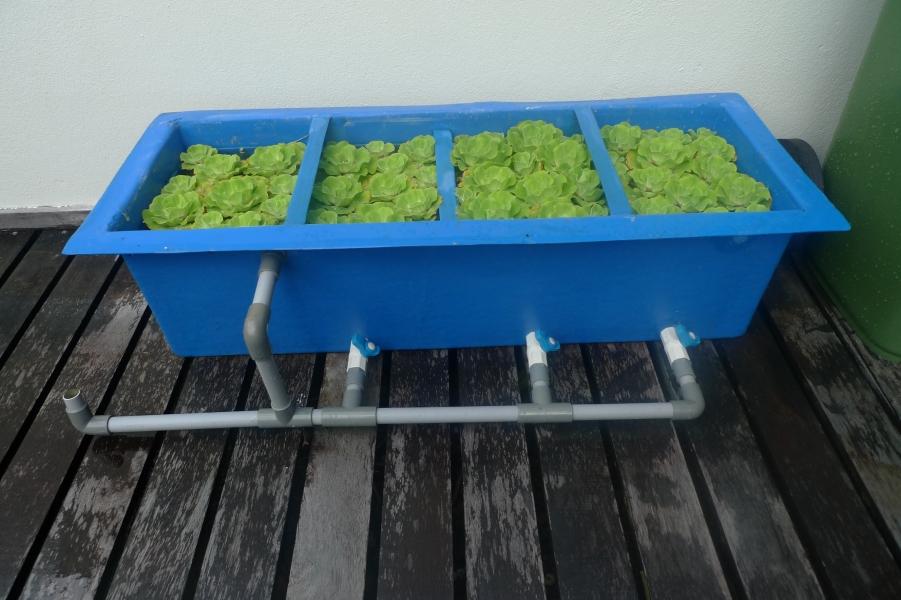
The Ultimate Guide to Koi Pond Filters in the UK
Introduction to Koi Pond Filters in the UK
Having a koi pond in your garden is a wonderful addition to any outdoor living space. Not only do koi fish add a touch of exotic beauty, but they can also provide calming and soothing effects to your mind and body. However, maintaining a koi pond is not as simple as adding water and fish. It requires a lot of work, and one critical tool in keeping a healthy koi pond is the right filter. The right filter will help to remove debris, pollen, and other pollutants in the water to keep it clear and clean. In this guide, we will discuss everything you need to know about koi pond filters in the UK.
Types of Koi Pond Filters
There are several different types of koi pond filters available in the UK, each of which has its unique benefits and drawbacks. Understanding the differences between these filters is crucial in choosing the right one for your pond. Let’s explore each type:
Mechanical Filters
Mechanical filters are designed to physically remove debris and waste from the water. They use foam pads, filter mats, and brushes to trap suspended particles and waste. These filters are ideal for new ponds, which are prone to high levels of organic matter and debris. However, they do need frequent cleaning to prevent them from becoming clogged. The mechanical filter should be the first stage of the filter system.

Biological Filters
Biological filters use live bacteria to convert ammonia and nitrite, which are toxic to fish, into nitrates that feed plants. These filters are great for ponds that are several months old as they need time for the bacteria to establish. Biological filters are essential for koi ponds as they help to keep fish healthy by removing harmful toxins. They work best when placed after the mechanical filter, so waste and debris have already been removed.

UV-C Filters
UV-C filters utilize UV light to kill harmful bacteria, viruses, and parasites that can cause diseases and infections in fish. They are excellent for new ponds as they help to prevent the buildup of harmful microorganisms. UV-C filters should be installed after the mechanical filter, and before the biological filter, as the live bacteria can be affected by the UV light.

Fluidized Bed Filters
Fluidized bed filters use sand and rushing water to provide an environment for beneficial bacteria to grow and thrive. These filters are suitable for large koi ponds and require minimal maintenance. They are highly efficient in removing waste, but they are also the most expensive type of filter. They should be used in conjunction with a mechanical filter and placed before the biological filter.

Choosing the Right Koi Pond Filter
Choosing the right koi pond filter will depend on several factors. The size of your pond, the number of fish, and the volume of water in your pond are critical considerations in choosing the right filter. It is also crucial to consider the location and placement of your filter system, as well as your budget and maintenance needs. Below are some tips to help you choose the right filter:
Consider the Size of Your Pond and Number of Fish
The larger your pond, the more filtration you will need. The number of fish in your pond will also affect the filter size and type you will need. As a rule of thumb, you will need one cubic meter of filter volume for every 10 Koi fish larger than 10 cm, in a pond with a volume over 10,000 litres. This rule will help to ensure that your filter can handle the waste produced by your fish.
Consider the Volume of Water in Your Pond
The volume of water in your pond is critical in choosing the right filter. You should aim for a filter that can handle at least half of your pond’s water volume in one hour to ensure efficient filtration. If your pond is in direct sunlight and prone to algae growth, you may need a more powerful filter or an additional UV-C filter.
Consider the Placement of Your Filter System
The placement of your filter system is critical in ensuring efficient filtration. Mechanical filters should be placed as close to your pond as possible, followed by biological filters and UV-C filters. The fluidized bed filter should be placed before the biological filter and in a separate chamber to prevent clogging. The last filter should be the biological filter to ensure that harmful toxins have already been removed.
Conclusion
A koi pond is a beautiful and relaxing addition to any garden, but it requires proper maintenance and filtration to keep it healthy and clean. Choosing the right filter will depend on the size of your pond, the number of fish, and the volume of water, among other factors. By understanding the different types of filters available, their benefits and drawbacks, you will be able to make an informed decision when selecting a filter for your koi pond in the UK.